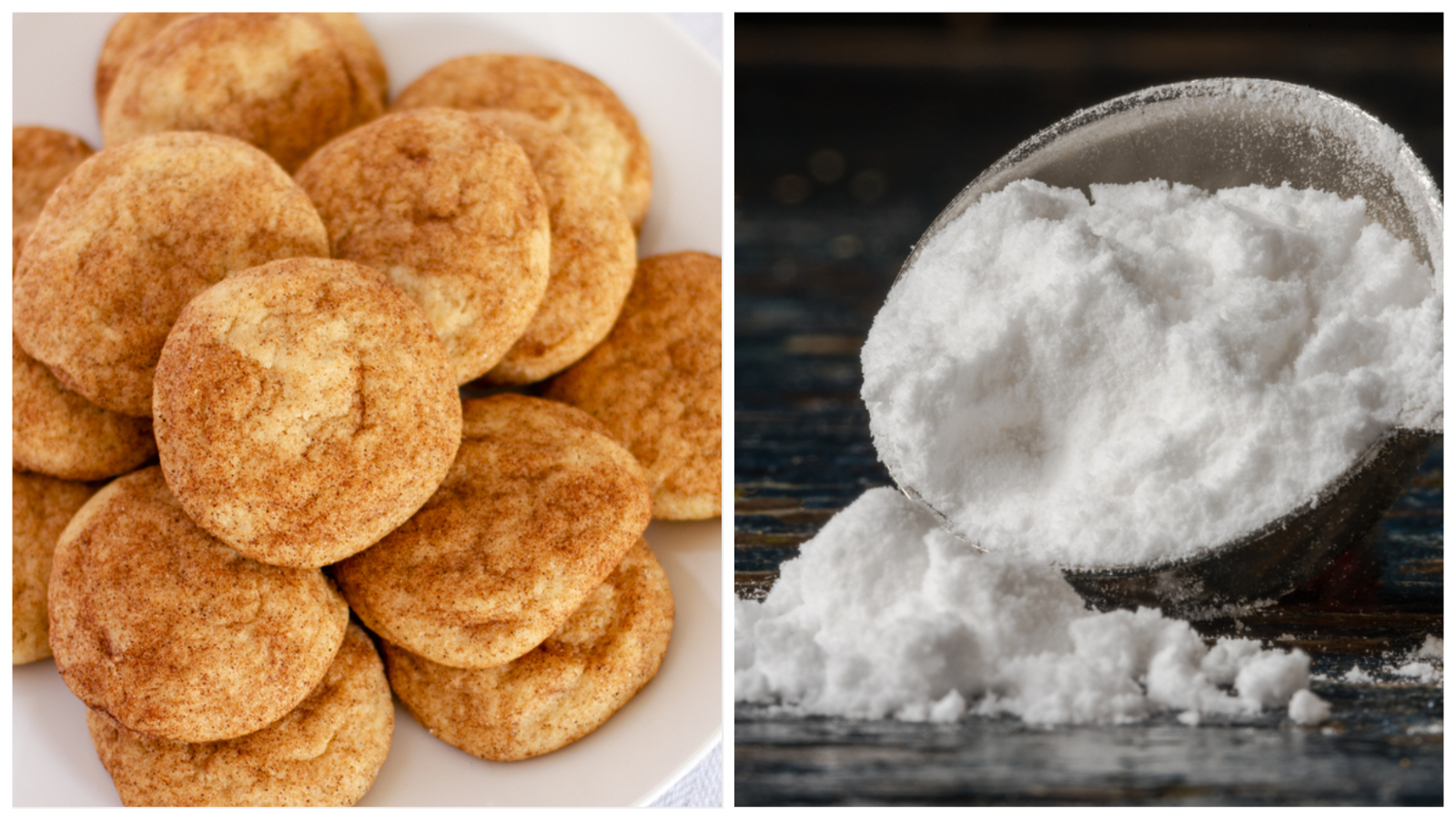You Don't Need To Buy Cream Of Tartar
Actually decent substitutions are probably already in your pantry.
I can't stand one-off ingredients. I keep a tidy pantry, so I'm always a little irked when a recipe calls for a teaspoon of pomegranate syrup or half a cup of frozen cranberries. After the dishes are done and dusted, I'm left with a relatively obscure ingredient which will languish in my home until the next time I make cranberry-pomegranate pie. That's how I feel about cream of tartar. Cream of tartar is a helpful little kitchen soldier—but I use it maybe once a year, and I never seem to have it on hand when I need it. With that, I ask: Are there any decent substitutions for cream of tartar?
What is cream of tartar, exactly?
Baking is a science, and each ingredient has a very specific chemical role to play. Cream of tartar, also known as potassium bitartrate, does a few different things. It's the powdered form of tartaric acid, an enterprising little compound which occurs naturally in fruits, and its uses include:
- Stabilizing egg whites
- Leavening baked goods, especially when combined with baking soda
- Preventing sugar from crystallizing, which creates smooth syrups and delightfully chewy cookies
Substitutions for cream of tartar
Cream of tartar is handy. There's no disputing that. But it's nice to know you have options, especially when you'd like to make a simple recipe with ingredients you already have on hand.
It's also worth noting that cream of tartar has a distinctly metallic taste, which can lend a tang to recipes like snickerdoodles. I'm not wild about that tangy flavor, although some bakers swear by it. You can achieve a similar effect with buttermilk or yogurt—but you'll need to reduce the former and thin out the latter before you get started. Boring! Try these cream of tartar substitutions instead:
- Lemon juice: Like I mentioned above, cream of tartar helps stabilize egg whites in recipes lie meringue. If you're shooting for sky-high peaks, you need an acidic additive like cream of tartar. You know what else is acidic? Lemon juice, baby. Lemon juice can also help prevent sugar crystallization in syrups or frostings. Just substitute 1 teaspoon of lemon juice for every 1/2 teaspoon of cream of tartar.
- White vinegar: If you don't have lemons on hand, you can also use white vinegar as an egg white stabilizer. Use the same ratio here: one teaspoon of white vinegar for every 1/2 teaspoon of cream of tartar.
- Baking powder: Ready to have your mind absolutely blown? Baking powder contains cream of tartar. It's literally just two parts cream of tartar and one part baking soda, thrown into a little can and packaged up nice and pretty. If your recipe calls for both baking soda and cream of tartar—usually for leavening purposes—just replace both with baking powder. Ratio-wise, that's one teaspoon of baking powder to replace 2/3 teaspoon of cream of tartar and 1/3 teaspoon of baking soda.
Of course, you can always just skip the cream of tartar. Just be prepared for a flatter, potentially less forgiving product. Same goes for any substitution, really. Like I said, it's a science, and swapping out ingredients will likely lead to subtle changes in your baked good's texture. A small price to pay to avoid a trip to the grocery store, if you ask me.
